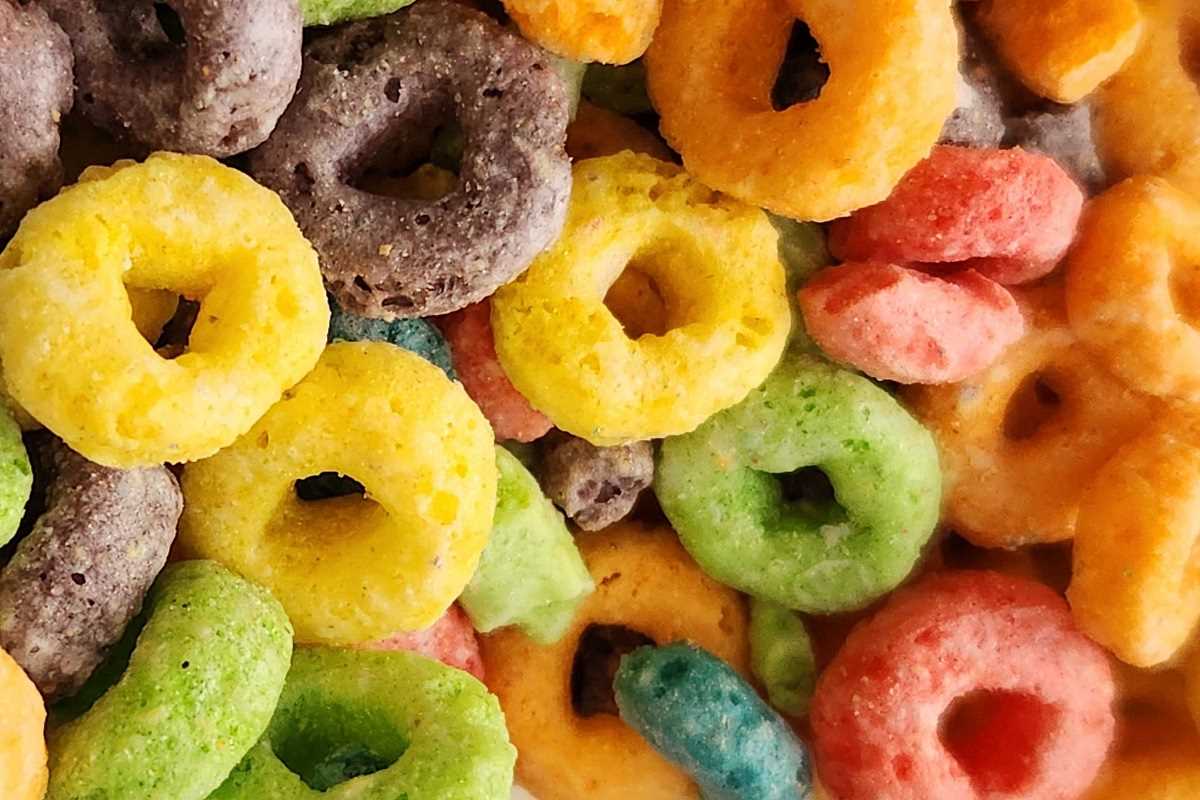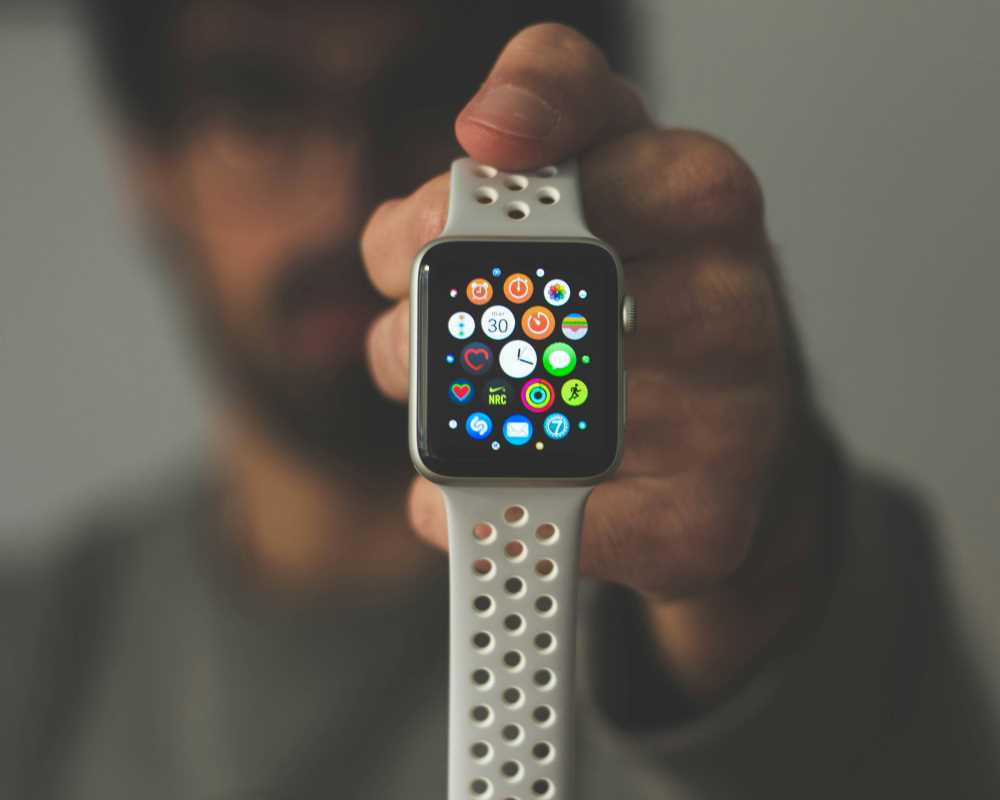If you're a health-conscious mom, chances are you've glanced at the ingredient lists on products you buy more times than you can count—especially if your little ones have food sensitivities or allergies. But even the savviest of label-readers might be surprised by just how often a certain sneaky ingredient shows up in everyday foods. Meet Red 40, one of the most commonly used artificial food dyes in the United States.
Red 40, also known as Allura Red AC, is a synthetic coloring made from petroleum. Yes, petroleum—the same stuff used to make gasoline and plastics. It gives foods that vibrant red hue and has nestled its way into items you'd never think twice about. But here's the kicker—it’s not just in bright red candies or sodas. Red 40 hides in foods you'd never expect and sometimes in colors you don’t associate with red at all!
Wondering where this controversial dye might be lurking? Grab a cup of tea, sit back, and get ready to raid your pantry, because you're about to get a crash course in Red 40’s secret life.
Why Should You Care About Red 40?
Before we jump into the list, you might be wondering why there’s been so much buzz about Red 40. While it’s approved by the FDA, it has a bit of a PR problem. Studies have linked it to potential adverse effects in some children, such as hyperactivity and allergic reactions, and many parents with kids on the autism spectrum or ADHD avoid it altogether. Plus, in some European countries, foods containing Red 40 carry warning labels—and it’s outright banned in others.
Whether you’re avoiding artificial dyes due to concerns about health, sensitivities, or just because you want to limit processed ingredients in your family’s diet, knowing where Red 40 shows up is an important step in making more informed choices.
Foods You Didn’t Realize Contain Red 40
Here are some unexpected everyday foods where Red 40 may be hiding. Get ready to have your mind blown!
1. Breakfast Cereals
Think your morning bowl of cereal is harmless? Think again. Red 40 often sneaks into fruit-flavored or colorful cereals, but shockingly, it can also be found in cereals you wouldn’t expect to have artificial coloring. Even some cereals marketed to kids as a "healthy start" can contain Red 40, making it harder for moms to feel good about the breakfast they’re serving. Check the labels of cereals like Fruity Pebbles, Froot Loops, and even multigrain options with dried fruit "clusters."
2. Flavored Oatmeal Packets
Speaking of breakfast, those easy-to-make oatmeal packets (you know, the kind you toss into the microwave on busy mornings) often use Red 40 in candy-colored varieties, such as berry or tropical fruit flavors. If you’re picking oatmeal because it seems like a healthier choice, make sure to check for artificial colors on the ingredient list.
3. Yogurts
Yogurt, especially the colorful or fruit-on-the-bottom varieties, is another breakfast trap. Many of these products use Red 40 (and sometimes blue or yellow dyes too) to give that "strawberry" or "berry" yogurt its bright coloring. Even yogurts marketed for kids, like squeezable tubes and drinkable bottles, are often dyed to appear more “fun” or flavorful. Opting for plain yogurt with real fruit is a safer bet.
4. Snacks for Kids
From fruit snacks and gummy bears to popular cheese-flavored snacks (yes, even orange ones can hide Red 40)—snack time is riddled with artificial dyes. The cheery packages might say "made with real fruit juice," but their vibrant colors often owe more to synthetic dyes than to actual fruit. Additionally, chips with flavored dust (think barbecue or spicy varieties) may contain Red 40 to create that reddish tint.
5. Condiments
Why would a condiment need artificial color? That’s a question we’d all like answered, but the fact remains that Red 40 can sneak into your condiments, particularly ketchup, barbecue sauces, and even salad dressings. It’s also found in some hot sauces and marinades to enhance the redness of the product—so that homemade batch of buffalo wings might not be quite as “clean” as you thought.
6. Beverages
This one’s a biggie. That brightly colored sports drink your child sips after soccer practice? It’s probably got Red 40. Sodas—orange, grape, cherry, and more—also commonly contain artificial coloring. Even drinks that claim to be “juice” (but really aren’t) may be loaded with Red 40 to make them look more like their natural counterparts. Shockingly, even some flavored teas and energy drinks fall into this category.
The takeaway? Sometimes, it’s better to stick to plain old water or real, 100% fruit juice.
7. Packaged Baked Goods
Love those pre-packed muffins and pastries? Watch out! Red 40 shows up in cake mixes, icings, and even some store-bought breads. The dye is often used to create visually appealing swirls, sprinkles, or glazes. If you’ve bought baked goods with "funfetti" or brightly colored frostings, chances are you’ve encountered Red 40.
8. Ice Cream and Frozen Desserts
Even your sweet treats aren’t safe. While we often associate Red 40 with bright candies, it’s also commonly used in ice creams, popsicles, and frozen desserts, particularly those with "fruity" swirls or rainbow sprinkles. That strawberry sundae or cherry-flavored popsicle likely owes its intense color to this artificial dye.
9. Canned Goods
Certain varieties of canned soups, stews, and even canned fruits can contain Red 40. Why? It’s used to make the ingredients appear more appealing and fresh, such as enhancing the redness of tomato-based products or making fruit cocktails look bolder in color.
10. Pharmaceuticals and Vitamins
Okay, this might not be a "food," but it’s worth mentioning. Many chewable vitamins, gummy supplements, and even liquid medicines use Red 40 to achieve vibrant coloring (often to make them more appealing for kids). If your family takes supplements, double-check the labels for unnecessary dyes.
How to Spot Red 40
The good news? You can track this down with some careful label-checking. Red 40 often appears in the ingredient list by its name or as "Red 40 Lake" (a water-insoluble version). Keep an eye out for similar dyes like Red 3 or other food colorings entirely—they’re just as synthetic.
Better yet, look for products specifically labeled as “dye-free” or “free from artificial colorings.” Clean-label brands are becoming more common as more families demand transparency in their food.
What Are the Alternatives?
If you’re ready to cut down on Red 40, focus on brands and foods that use natural coloring from ingredients like beets, turmeric, paprika, and spirulina. These can provide vibrant coloring while keeping everything natural and wholesome. Many organic and health-focused brands are already making the shift, so you’ll still have plenty of fun foods to choose from!
Making your own snacks, cakes, or even sauces at home is another solid alternative. You’ll have complete control over what goes into your family’s meals.
Red 40 may be lurking in surprising places, but that doesn’t mean you can’t outsmart it. With a little label-savvy shopping and a focus on whole, minimally processed foods, you can feel good about what’s on your family’s plate.
Take a peek in your pantry or fridge today—what surprise Red 40 culprits are hiding there? Share your findings (and solutions) in the comments below. Together, we’ve got this!
 (Image source: Inuvo)
(Image source: Inuvo) 





